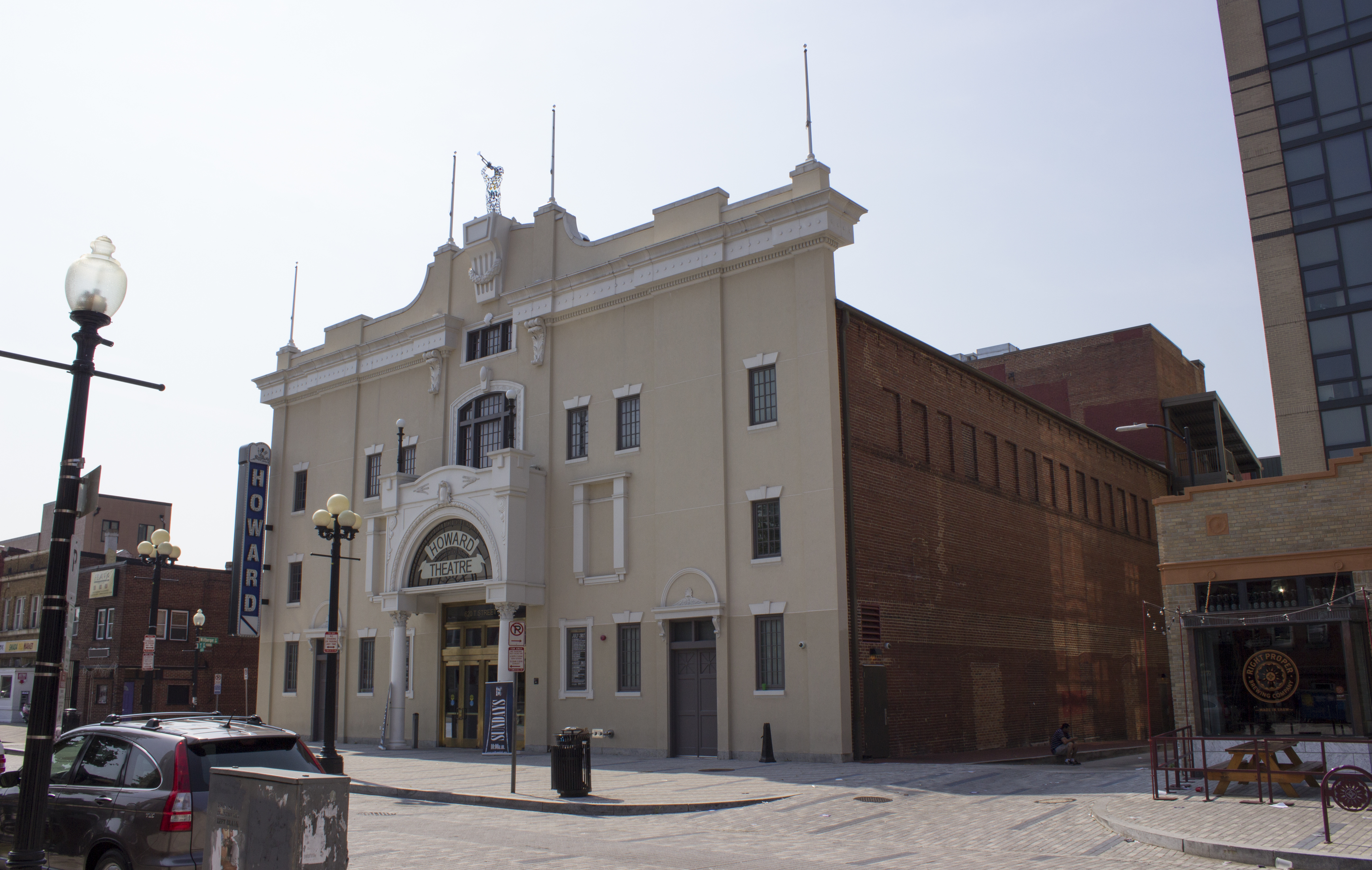Washington DC's U Street - African American history vs gentrification
Most people think of Washington DC as the home of the United
States Government. There is more to the city than that. For many decades it was
one of the centers of African American culture. U Street was the heart of that
community in the capital.
The U Street neighborhood was the largest African American
community from the 1860’s through the 1920’s. Its mostly Victorian-era row
houses were home to many of the people who filled the service jobs that made
sure that government functioned smoothly. It was also home to hundreds of
black-owned businesses, including The Industrial Bank, the cities largest African-American
owned bank, whose building, designed by Isaish
T. Hatton, still stands today.
Pearl Baily christened the area “The Black Broadway,” due to
its numerous theaters and clubs. All of the big names in jazz, from Cab
Calloway to Louis Armstrong to Miles Davis, performed on U Street. At the east
end of the strip is the Howard
Theater. Built in 1910, it was home to two theatrical organizations and
hosted many concerts. Except for the years 1970-74, the theater has continued
to be a home to music and theater in the U Street neighborhood.
A few blocks away is the Lincoln
Theater. Opened in 1922, the Lincoln was a vaudeville and movie theater. It
continued as a movie theater through the 1980’s, and it also hosted concerts,
and boxing events. The Lincoln was
renovated in the 1990’s and today is serves primarily as concert hall, along
with plays and political events.
There are few other remnants of U Street’s days of glory. The
Industrial Bank is still in its original home, and Ben’s Chili Bowl
draws crowds of tourists. At Edges
Barbershop, Darryl still gives cuts to everyone who walks in. The sad truth
is that U Street has fallen victim to Urban renewal and gentrification. While
there is still a significant population in the area, black-owned businesses
have largely been replaced by trendy bars and restaurants. Still U Street is
worth a visit. There is the African-American
Civil War Museum and Memorial at U Street and Vermont Ave. Over 200,000
black troops served in the Union Army and this museum is dedicated to telling their
stories.
 |
| Darryl with a happy customer |
 |
| African American Civil War Memorial, exterior |
 |
| African American Civil War Memorial interior |
U Street is also home to almost a dozen murals that explore
the lives of African Americans. Paul Robeson gets the largest of the walls, and
Duke Ellington looks down on Ben’s Chili Bowl. My favorite is a tribute to
Afro-Colombians.
 |
| Mural dedicated to Paul Robeson |
 |
| Mural dedicated to Afro-Colombians |
There are also two places in the area that can recommend for
refreshments. One is Busboys
and Poets, and 14th and V streets. Busboys and Poets is a local
chain that is dedicated to Langston Hughes and his experience working as busboy
in a Washington DC hotel before he became famous. The food is fresh and
delicious and the drinks are strong. They also offer a selection of books for
sale that represent a history of African-American politics, literature and
poetry.
My other suggestion is Calabash
Tea and Tonic, on 7th street, around the corner from the Howard
Theater. When you enter, instead of asking what you would like, the staff asks “How
do you feel today?’ Then they whip up a mixture of herbs to help make a tea
that will help heal you physical and emotional issues.
If you are in DC and you want to spend some time away from
the tourist scene, come to U Street. You will find a little bit of African American
history and an up-close view of how the city is changing.











Comments
Post a Comment